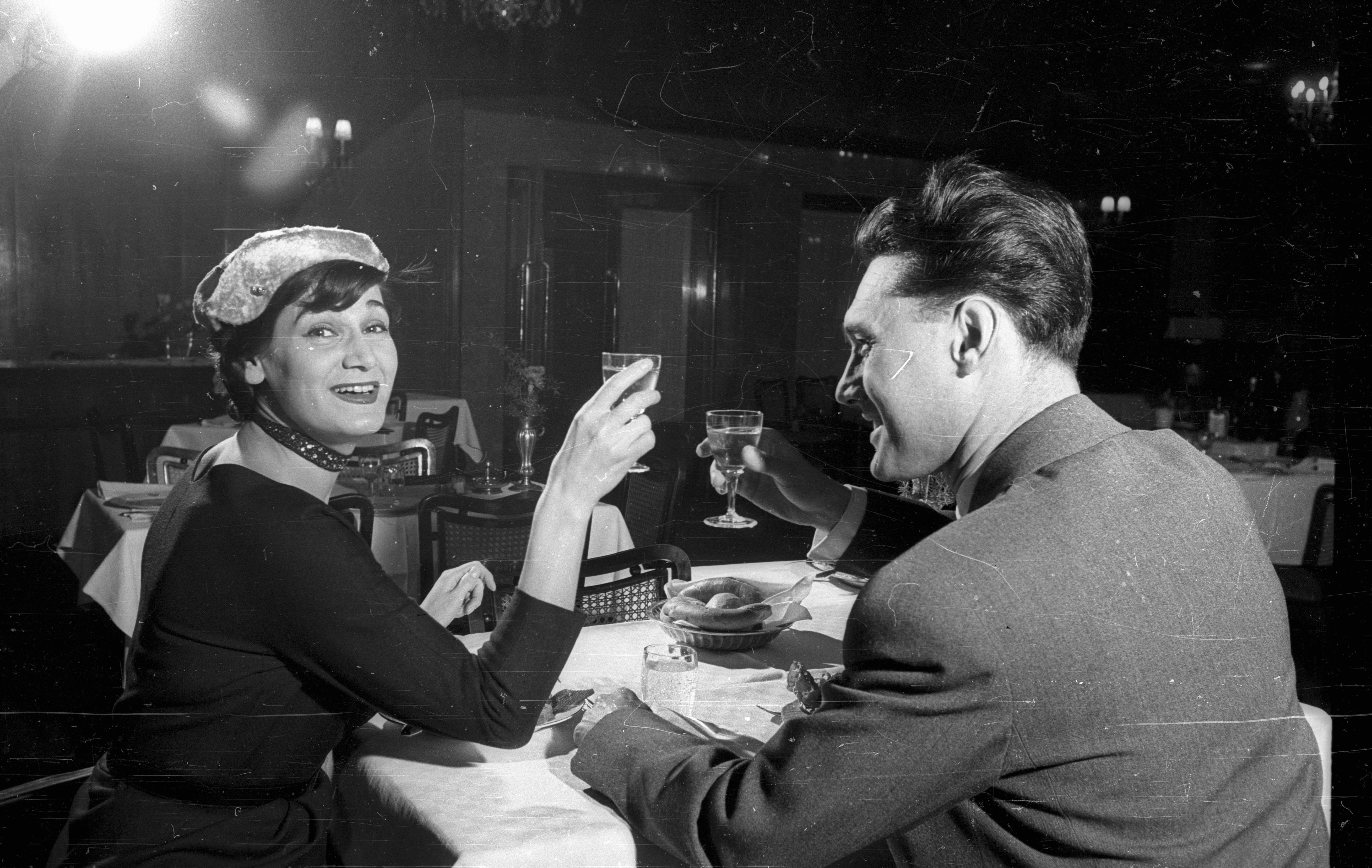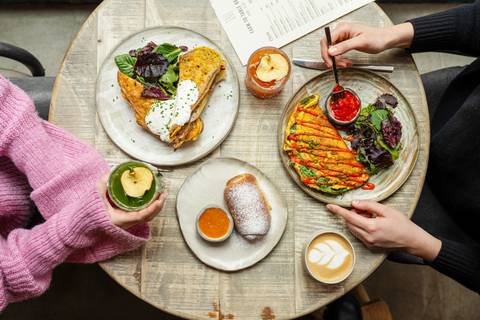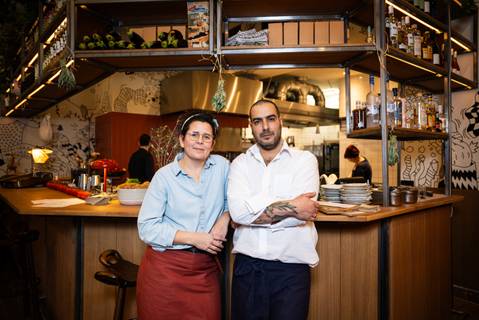Many of you will have heard of Gundel, the legendary Budapest restaurant by City Park. Gundel pancakes are served across the city but equally popular are Somló dumplings, created under the auspices of Károly Gundel, not to mention Wiener schnitzel, naturalised by the Gundel dynasty, which reformed Hungarian cuisine en bloc. For more than 125 years, Gundel’s fame has spread all over the world – celebrities, royalty and Hollywood stars still visit the restaurant to this day. But not only has Gundel provided a haven for luxury feasts, its terrace is where everyone has tucked into salted pretzels, sunk draught beer and enjoyed the hospitality of Károly Gundel. Gundel will soon reopen its doors, and we have been given access to its inner secrets.
Great past, great traditions
The history of the Gundel dates back to the 1860s, when the City Park became an increasingly popular meeting place, its rolling hills and shady trees attracting locals happily enjoying a day out. Another great attraction then came along when the City Zoo was built and later embellished.
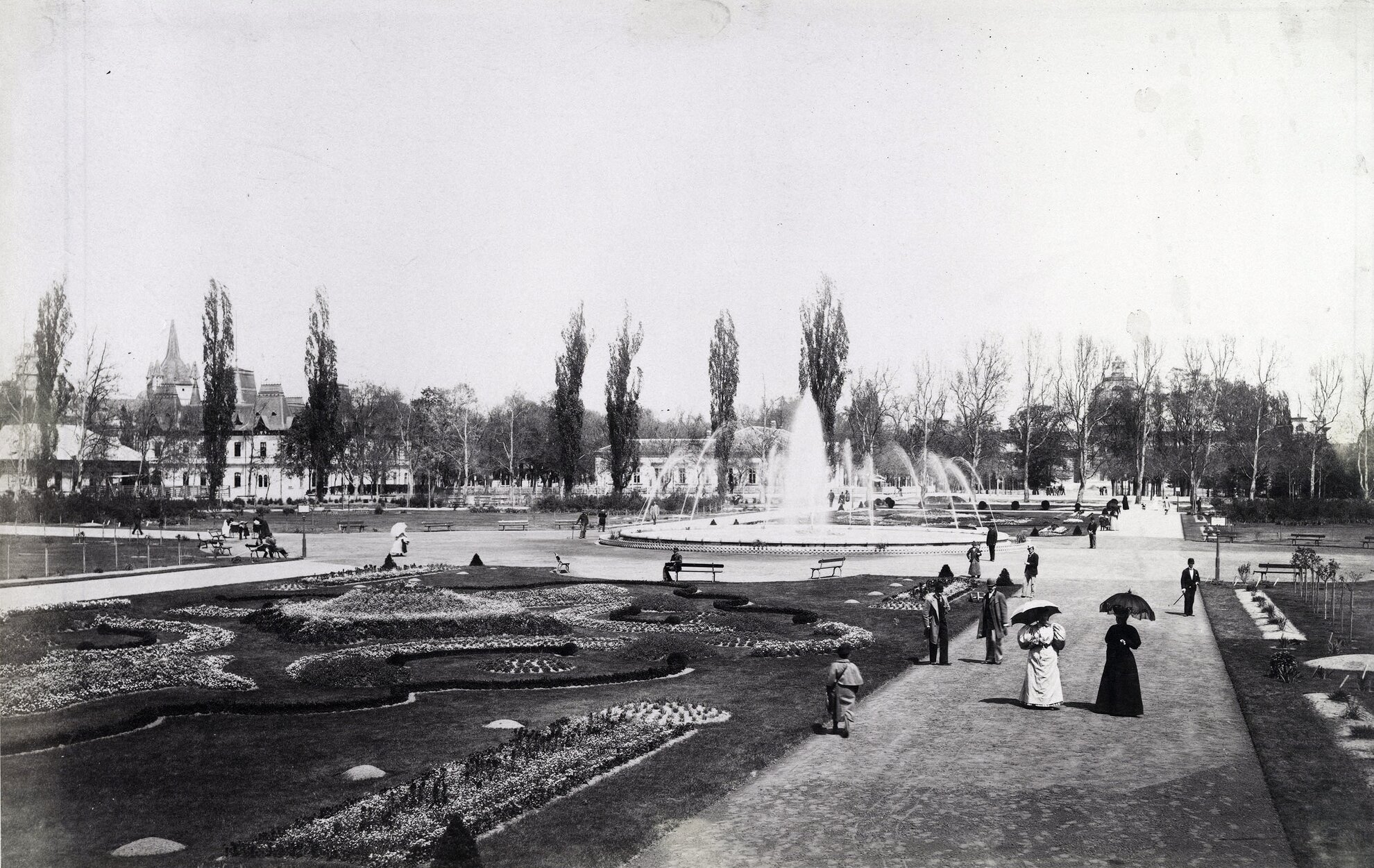
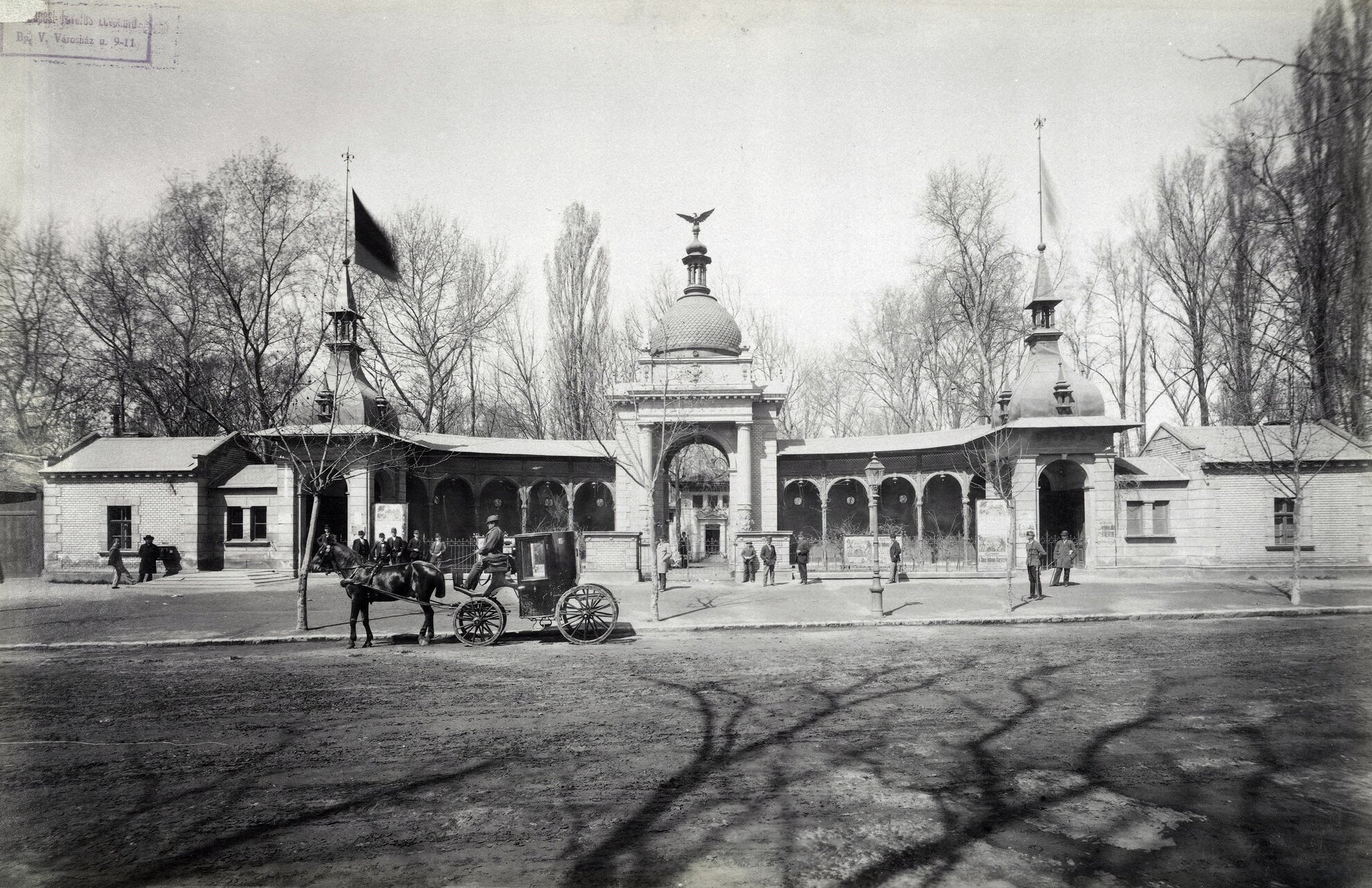
It is no
coincidence that in 1866, when the Zoo opened, it was decided to add a
restaurant to the increasingly popular park. The site we know so well today was
initially run by Ferenc Wampetics, who spectacularly rebuilt the restaurant for
the Hungarian millennial celebrations of 1896.
The name Wampetics became famous in Budapest, as it became the home of notable writers, politicians and artists.
In 1910, the Gundel dynasty took over the management of the restaurant, whose
success story of continuous hospitality carries on to this day.
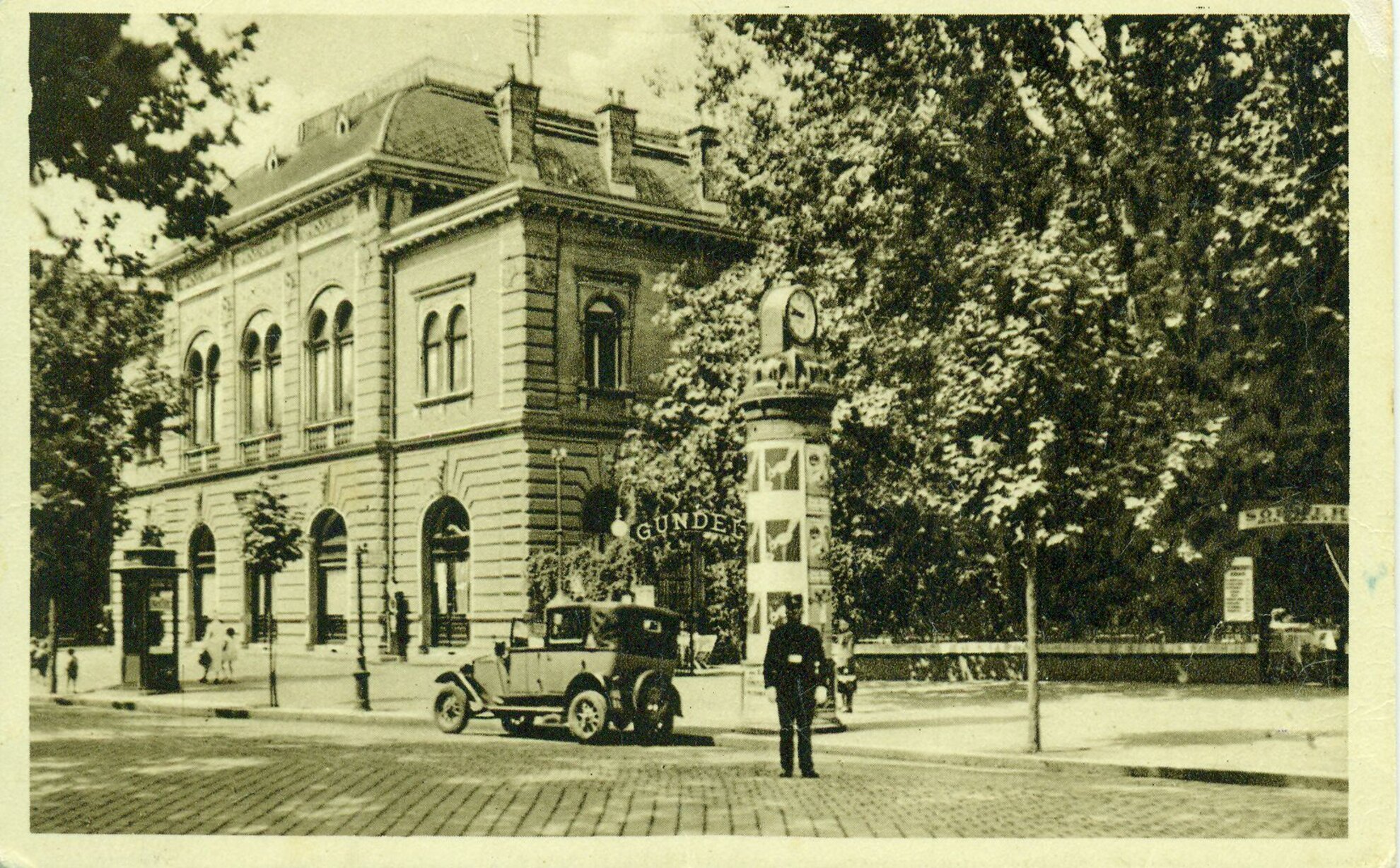
The essence of hospitality
“He
managed his business as if he were not receiving paying customers on his premises,
but rather welcoming dear guests, whose wellbeing was not a matter of trade,
but Hungarian hospitality itself,” writes Kálmán Mikszáth about János Gundel.
János Gundel moved to Buda from Bavaria and immersed himself in Hungarian gastronomic life, opening the Vienna Brewery and introducing, among other things, the Wiener schnitzel. His son, Károly, continued the family tradition, so much so that he took over the running of Gundel.
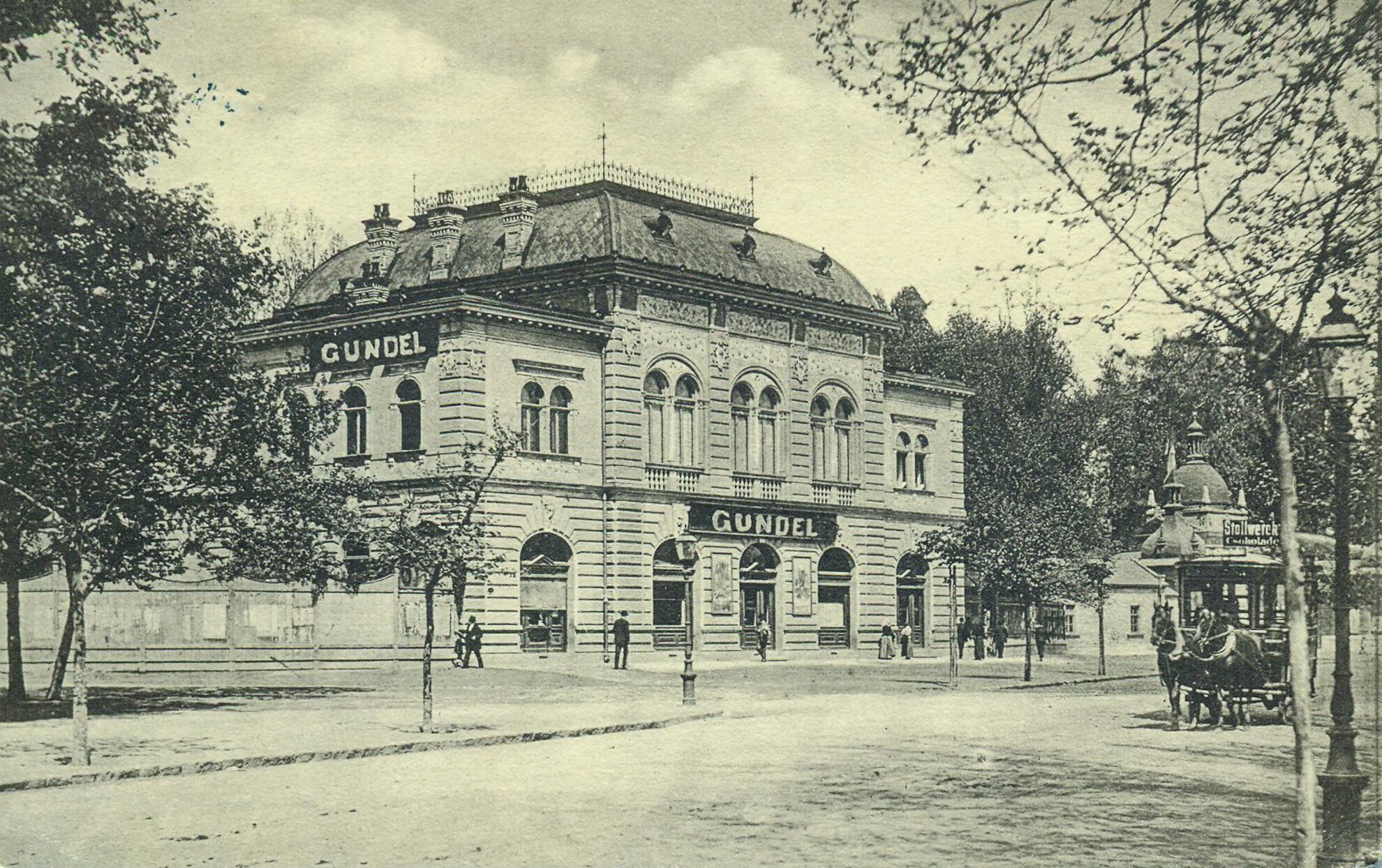
Károly Gundel, Master of Hospitality
Károly
Gundel did not theorise, he followed in his father’s footsteps and reformed the
entire restaurant, modernising the menu, the service and the whole kitchen
system. He loved his guests, but was strict and demanded the maximum in terms
of food and service.
Gundel’s name soon became synonymous with hospitality, and
he was soon responsible for running the restaurant at the Hotel Gellért, in
addition to Gundel.
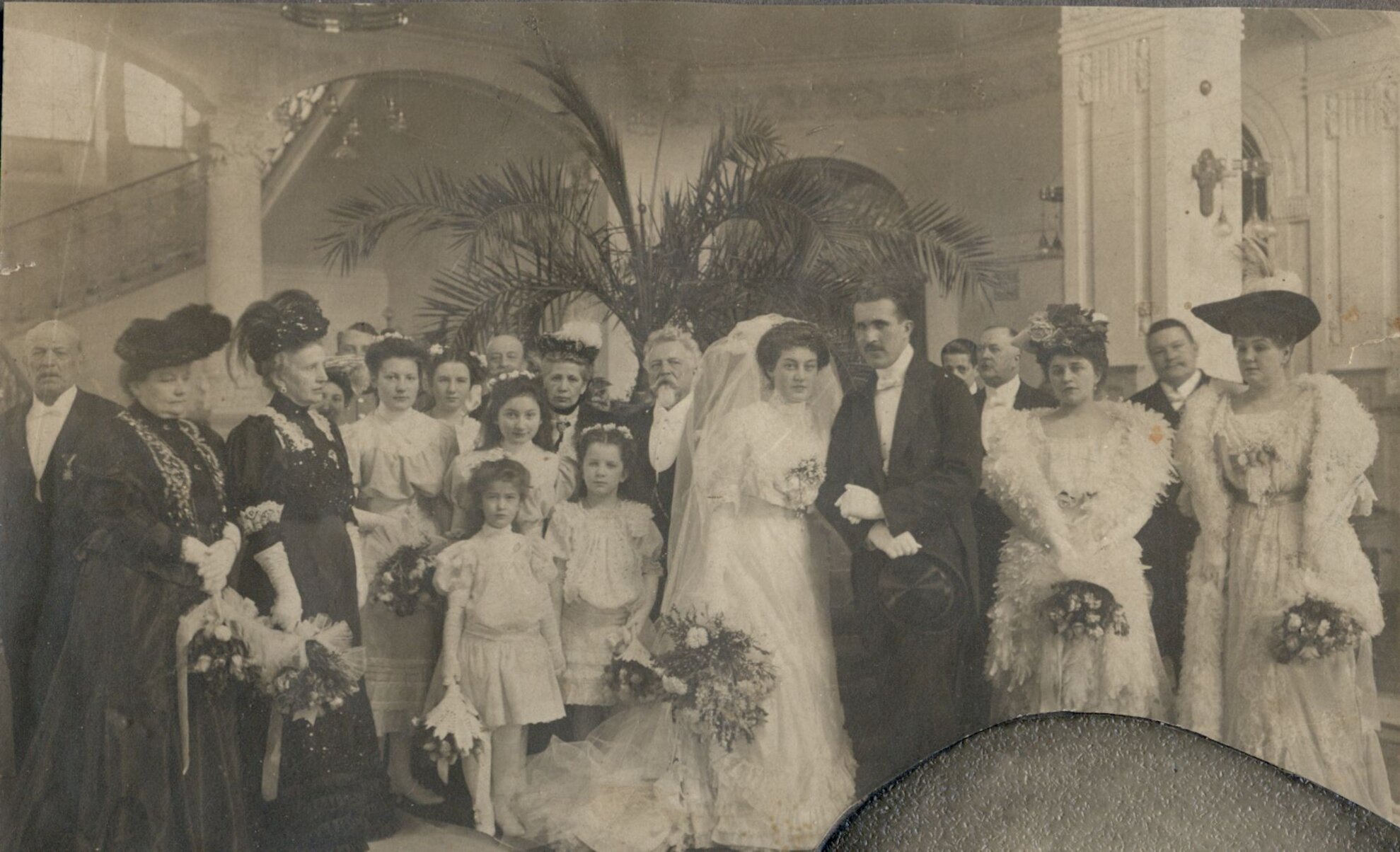
Home from home
“The restaurateur
should strive for his restaurant to become the guest’s second home and make
every effort to make his guest forget that he is being offered something for remuneration
and not out of gentlemanly passion!” was how Károly Gundel described his professional creed in the Kincses
Kalendárium of Magyar
Hírek.
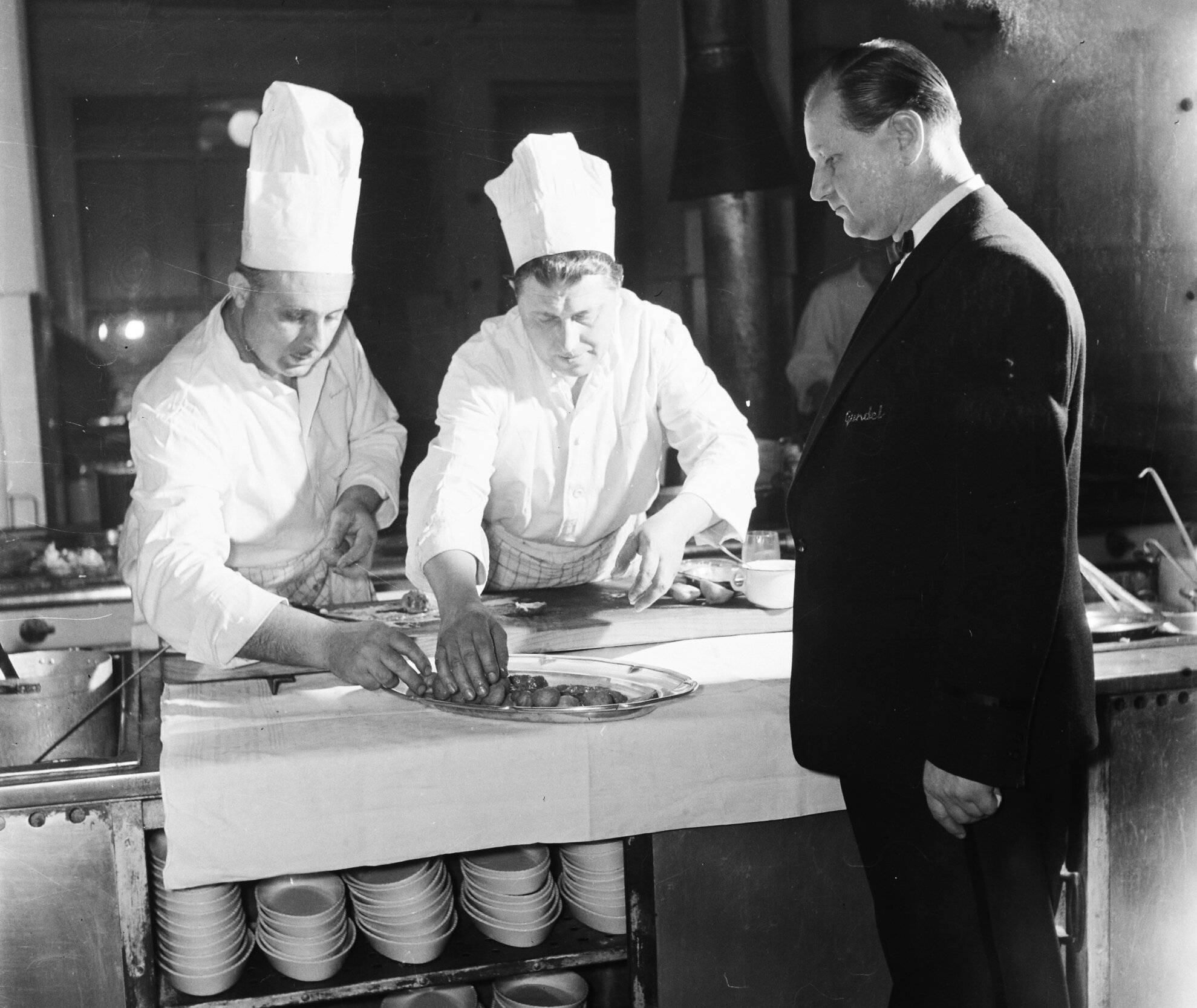
From the
1920s onwards, the Gundel hosted elegant, large-scale events and became the
location for influential meetings. But the famous restaurant not only lived from
the luxury elite, those going to the Zoo and the English Park were also keen to
visit the restaurant, as it was “chic to walk into the Gundel”.
In addition, an
11-piece band made sure that regular live music accompanied big feasts,
so the atmosphere was always tip-top.
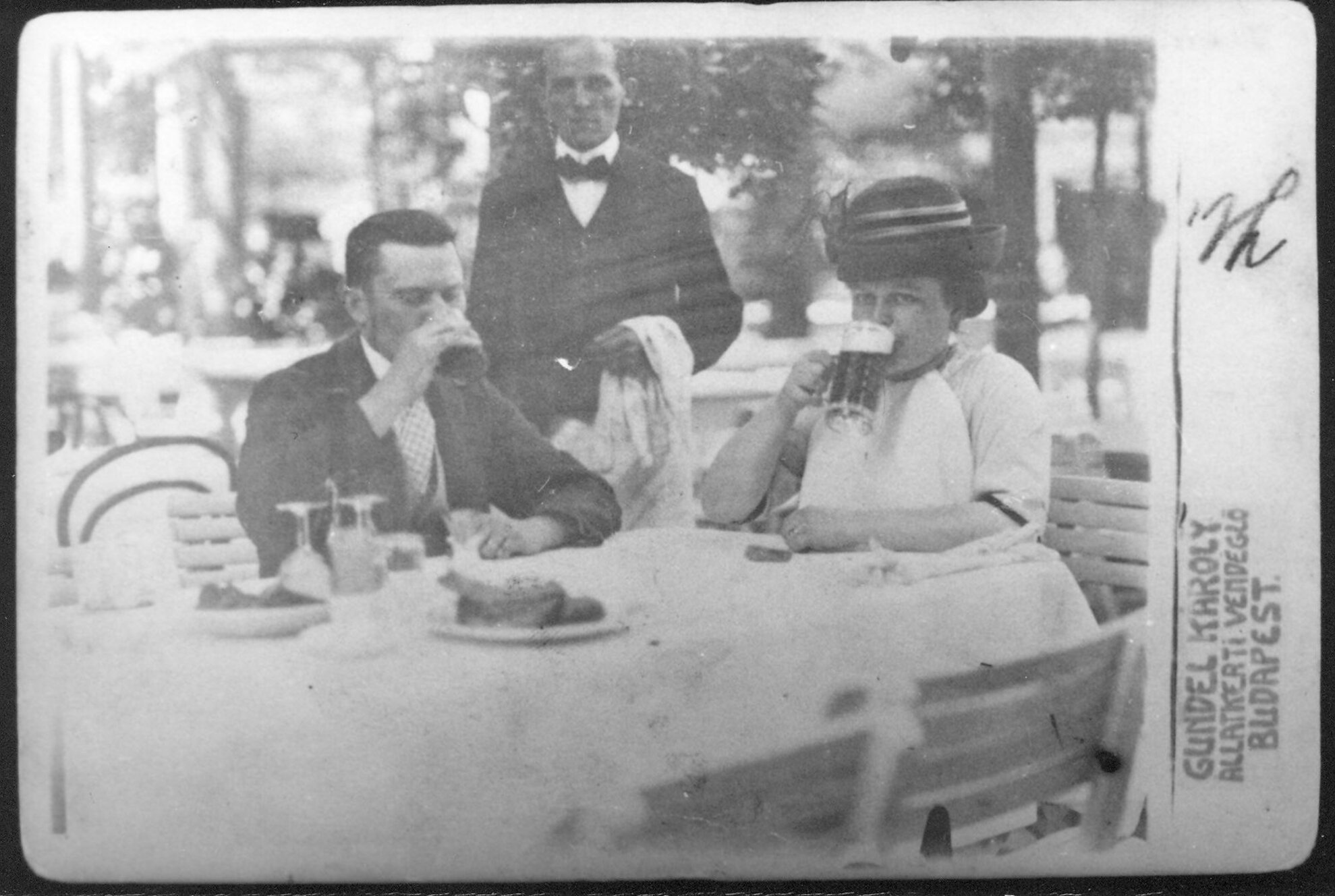
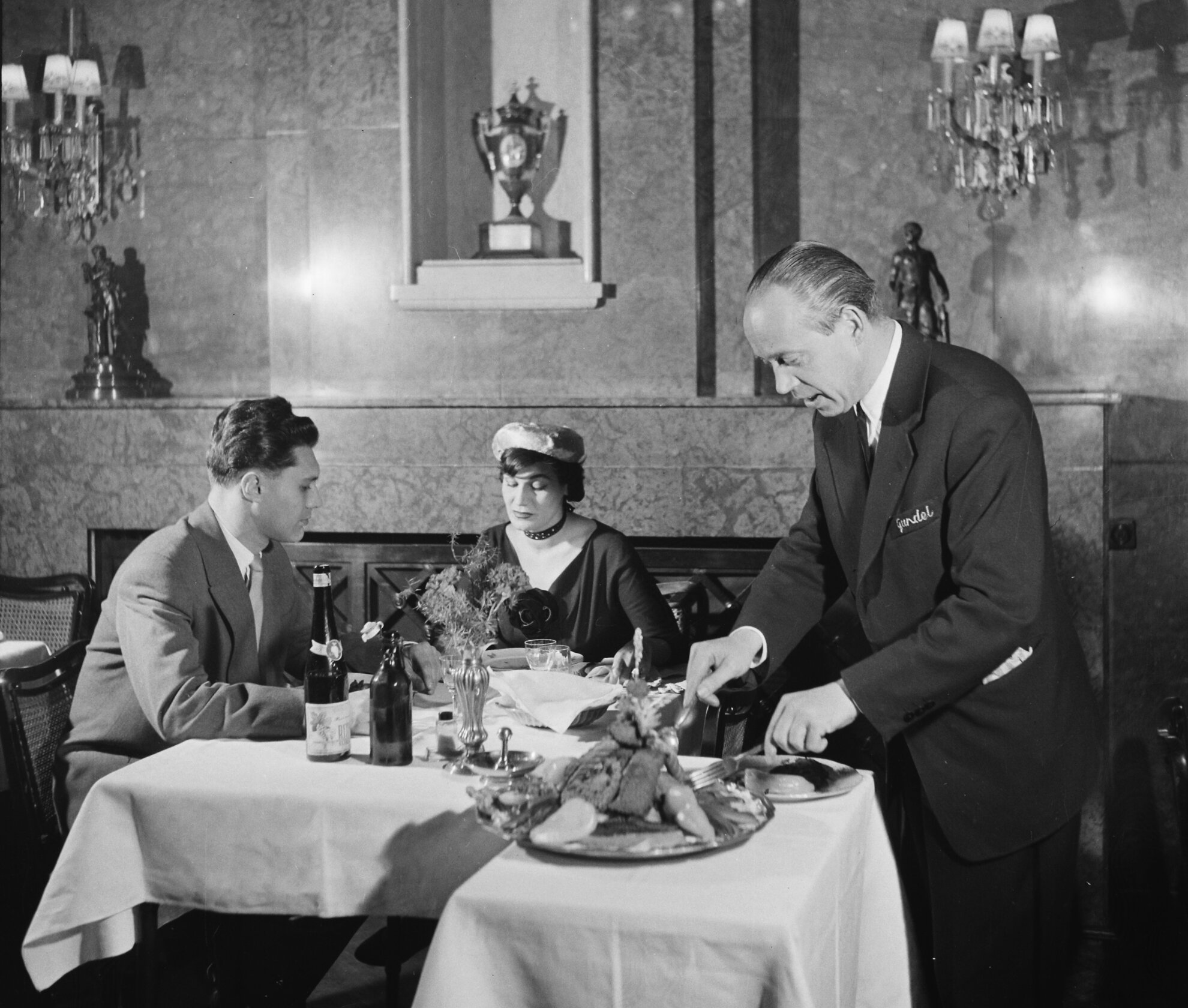
Feasts for kings and queens
The
reputation of the Gundel grew so much that in 1937, King Victor Emmanuel III of
Italy had the Gundel organise his state banquet in Székesfehérvár, serving a
magnificent feast.
Two years later, the young Károly Gundel was honoured as the
official host of the Hungarian pavilion at the New York World’s Fair, Hungarian
cuisine finally taking its worthy place in the gastronomic atlas.
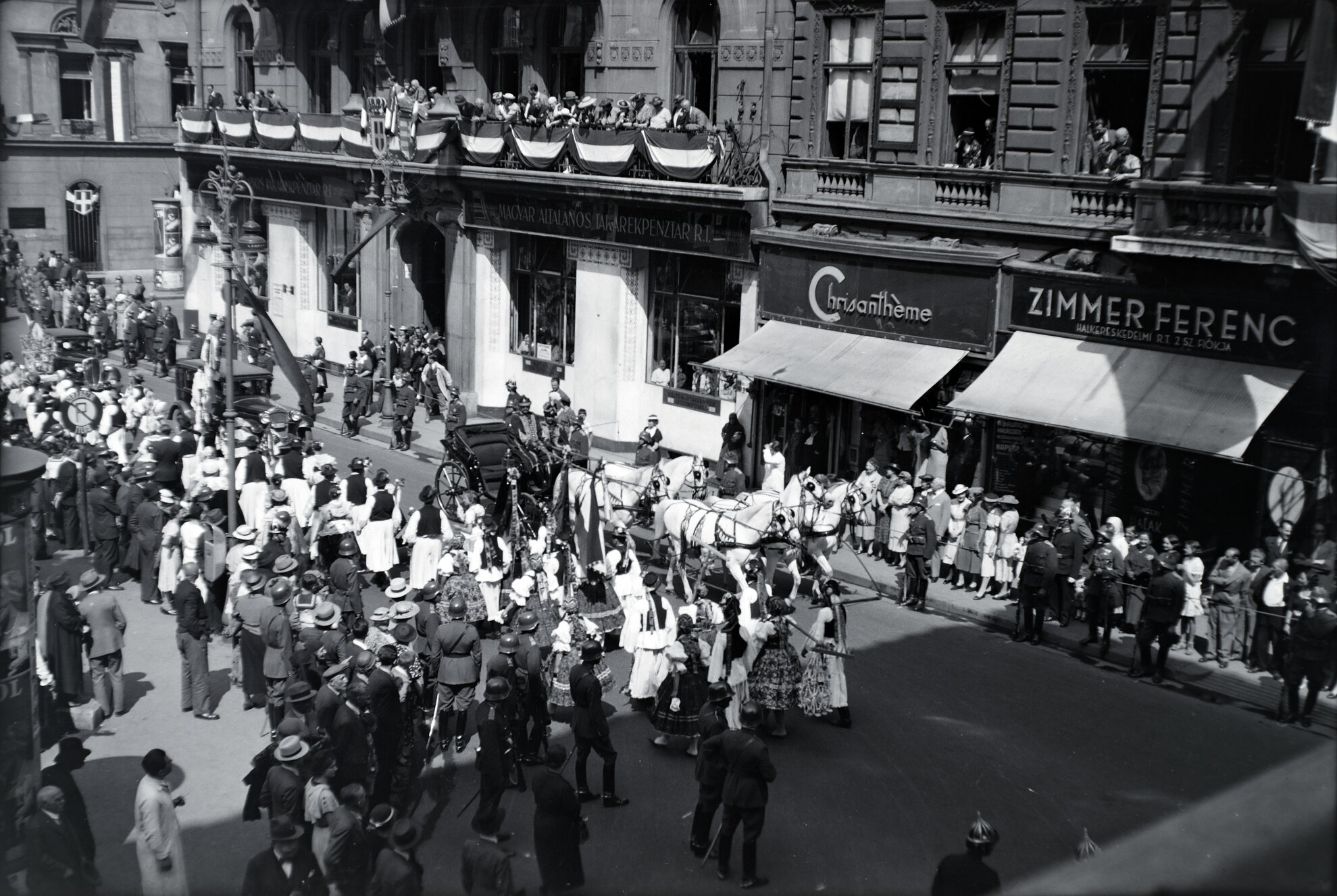
New York, New York
"The
Gundel restaurant is a bigger, better advertisement for Budapest than a ship's
cargo of tourist brochures," wrote the New York Times in 1939.
Scores of
celebrities have made appearances at today’s Gundel. Writers, artists, actors
and actresses not only came to dine, but were equally attracted by the lively
atmosphere. The place was so popular that Károly Gundel named several of his dishes
after some of his most revered regulars.
For example, this is where Újházi chicken
soup was created,
after the actor Ede Újházi, while Jókai bean soup stems from the famous writer,
Mór Jókai. Eggs were made Munkácsy-style, steaks came Feszty-style, both
honouring renowned painters, as well.
Yet Gundel never lost its iconic status
among the Budapest destinations visited by celebrities, so that Queen Elizabeth
II, Queen Beatrix of the Netherlands, Bill Clinton, Pavarotti, Angelina Jolie
and Arnold Schwarzenegger were visitors in more recent times.
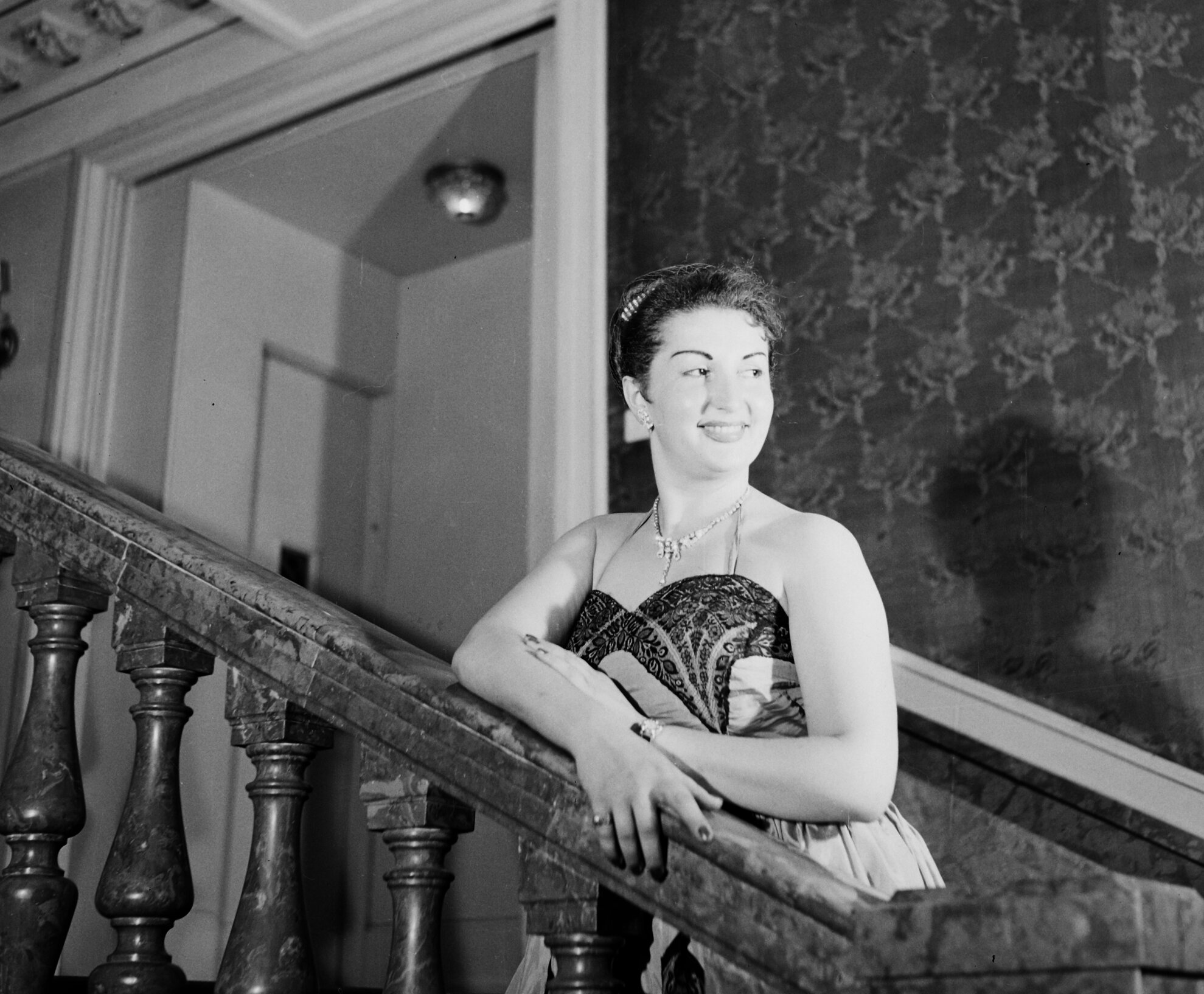
The story of our favourite dishes
Under the
leadership of Károly Gundel, the restaurant began to soar. Not only was he a
master of excellent hospitality, he served the finest dishes from the Hungarian
and French canon and invented taste combinations now considered to be the cornerstones
of modern Hungarian cuisine.
New recipes constantly sprang up: Palóc soup,
paprika chicken, Bakony mushroom ragout, Carpathian perch and Tokaj goose liver
all were conceived at Gundel, and Gundel also introduced the culture of sauces and stews
into Hungarian cuisine.
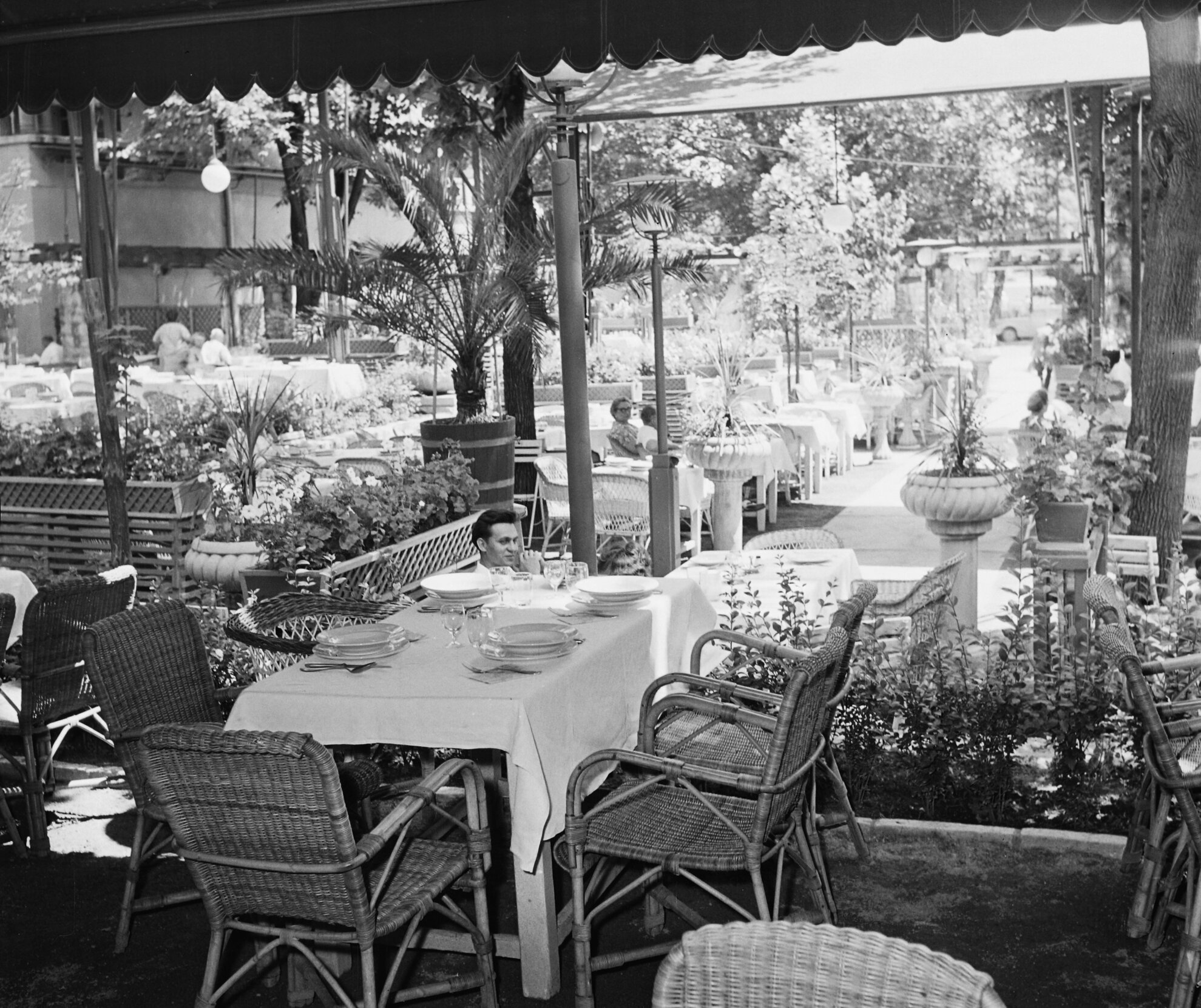
Salad days
“The white
tablecloths of the Gundel restaurant blossomed like the lilac bushes in City
Park. In Budapest, it’s not the first swallow that makes a summer, but the first
white tablecloth at Gundel. And once that early spring is here, this upscale park
restaurant will be full for a couple of hours. On the day of the vernissage in the Kunsthalle, a group in a holiday mood ordered a fantastic menu at the Gundel. Whatever
was pleasing on the eye and on the palate was laid out on their table,” wrote Színházi
Élet in 1920.
Their most
famous creations were desserts. Gundel pancakes, Somló dumplings and Rákóczi
cottage-cheese cake first saw light of day here, and remain great favourites.
Gundel pancakes can be considered the king of desserts, as they are still prominent
on menus of most restaurants today.
Interestingly, for many years they called it
Márai pancake here as it was the wife of writer Sándor Márai, Ilona Matzner,
who introduced one of her family’s classic delicacies, chocolate pancakes stuffed
with walnuts, raisins and candied orange peel. This recipe was later reworked
by Ferenc and Imre Gundel, who made the recipe a public treasure in 1986 in the
Little Hungarian Cookbook published by Corvina.
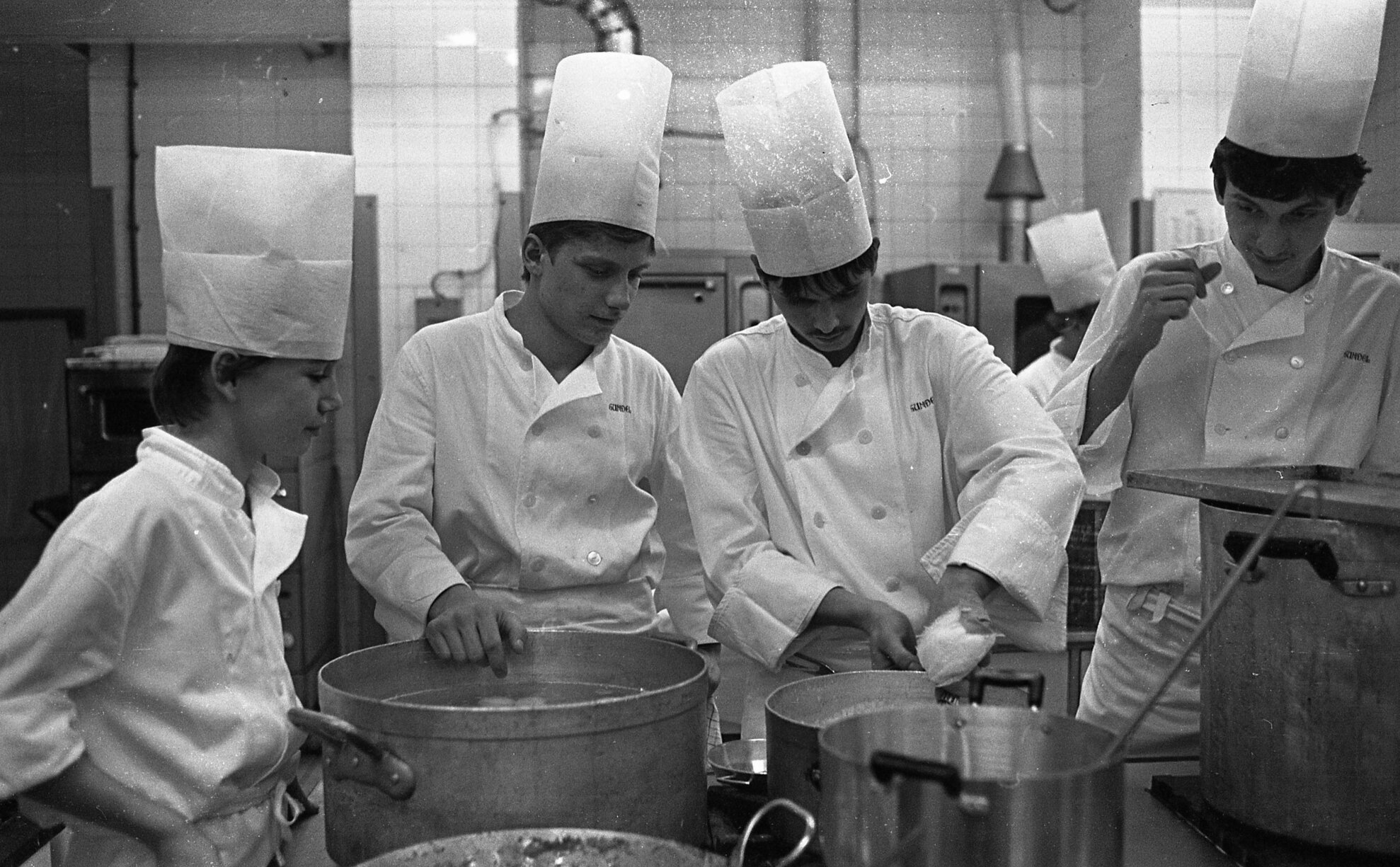

Gundel for all
Whatever
your social class, City Park has always been a mecca for recreation, whether it’s
the exotic inhabitants in the Zoo or the attractions of the English Park. At
Gundel, in the same way, all levels of society found their own selection and setting,
as this was a welcoming restaurant, as opposed to an exclusive one.
Of course,
as the more you went inside the magnificent building, the more refined the offer
became, and the higher the bill. But the restaurant was huge, it could
accommodate up to 1,000 people in the garden, with 3,000 plates of food served in a day.
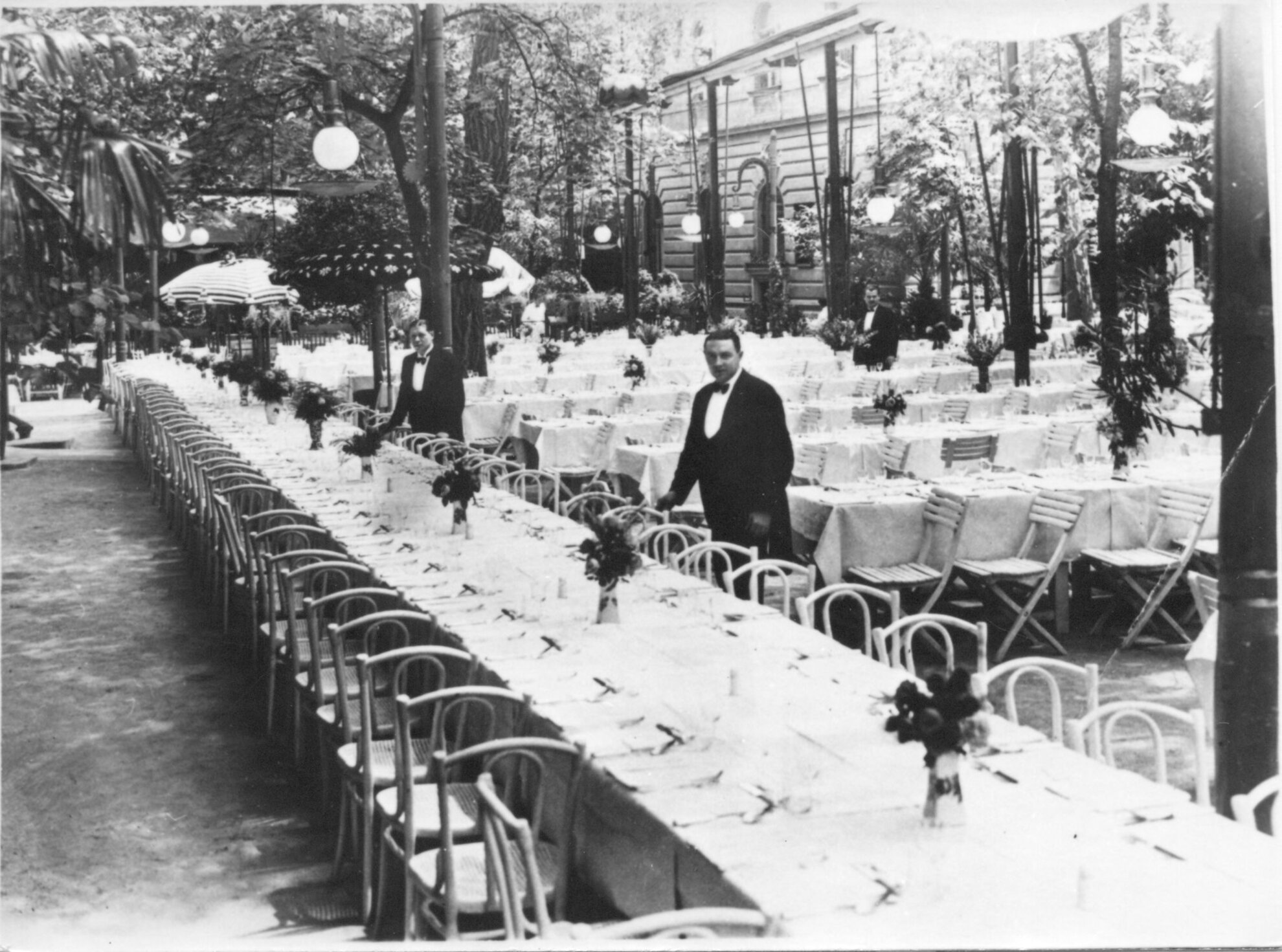
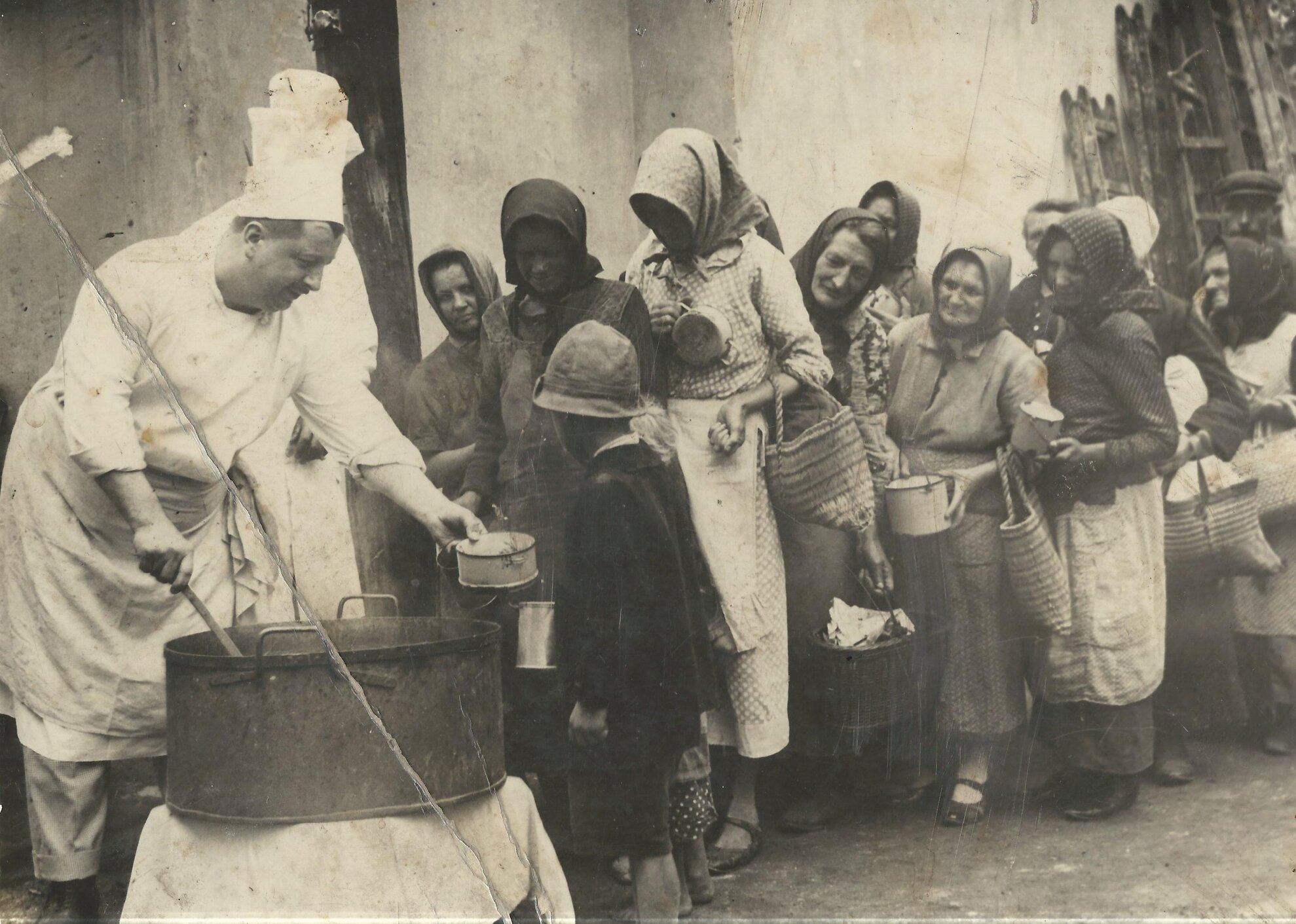
The guest comes first
“In
addition to good food, eating requires a certain disposition, especially for a
hearty meal. A calm atmosphere without worries and annoyances, a good-natured
tendency to enjoy the pleasures of the table. And whoever has a guest to feed –
be it the head butler of the royal court or the housewife who looks after a
small household – their chief concern should be that what is being served must
be delicious,” advised Károly Gundel in the diary pages of the Este Kurir in 1927
to housewives welcoming guests.
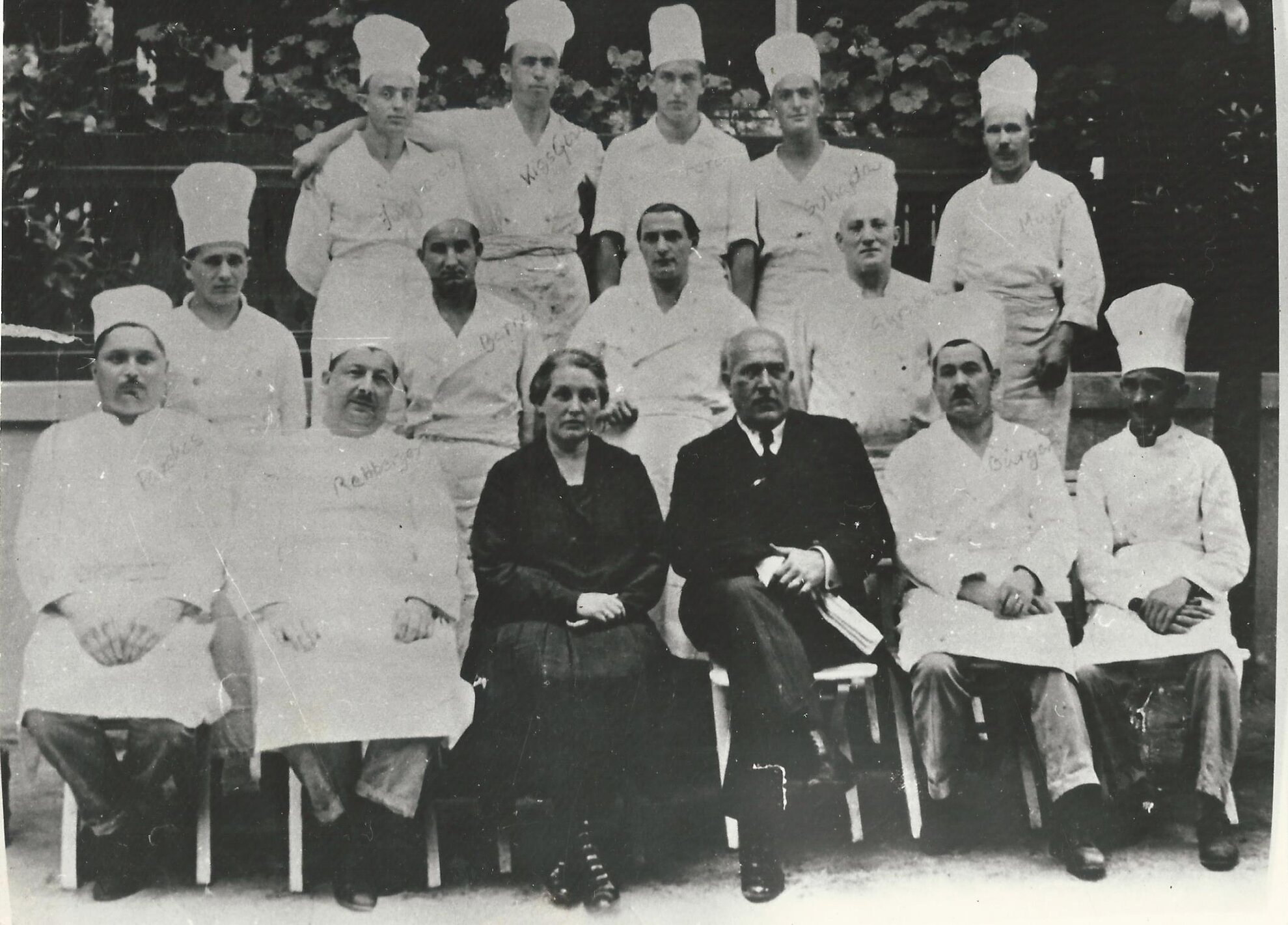
The terrace of the Gundel has always been bustling, serving more basic dishes such as frankfurters or salty pretzels and draught beer. In fact, the whole Gundel family could be seen there, including Károly Gundel himself and his 13 offspring who grew up in the restaurant.
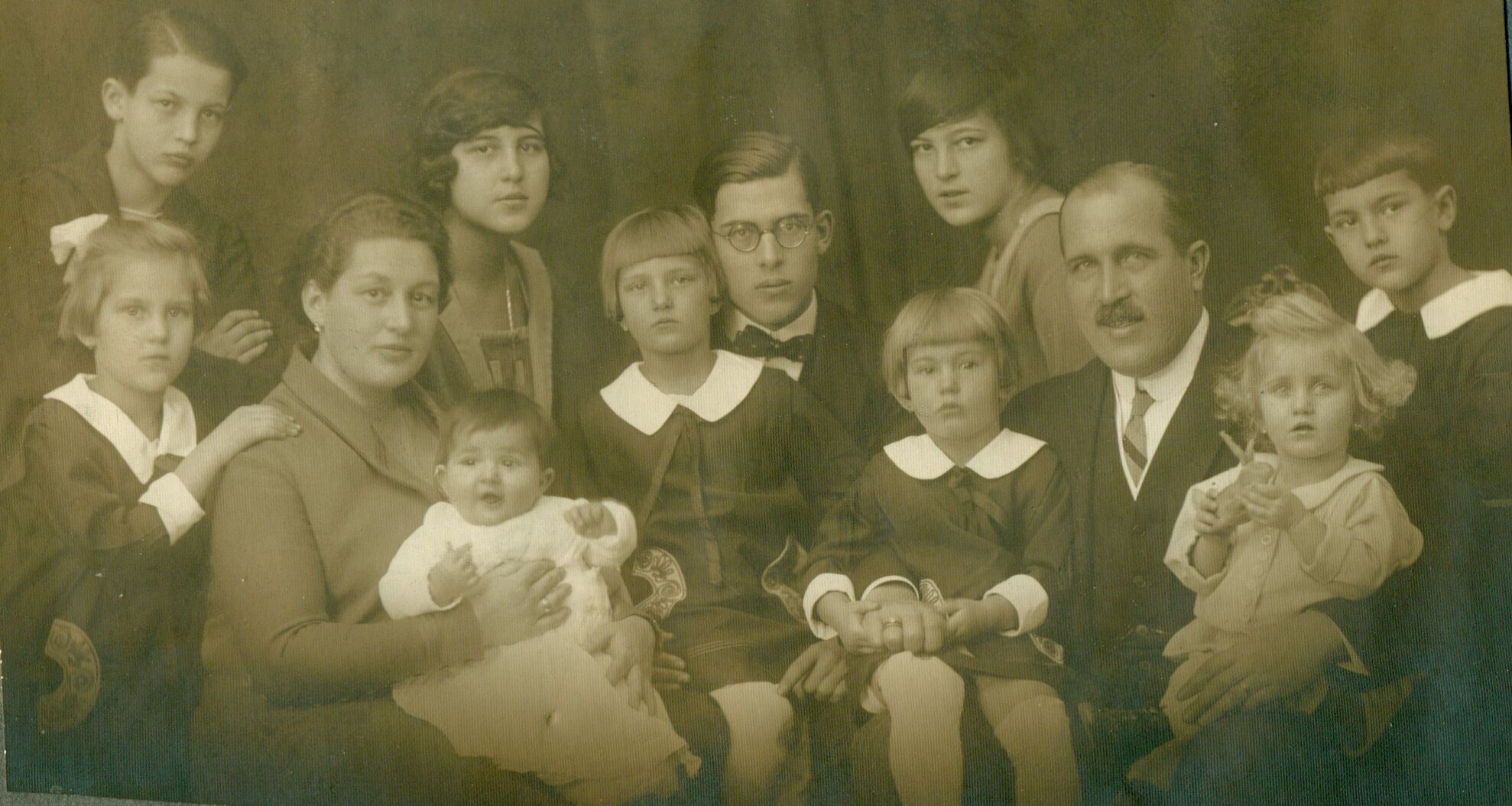
The restaurant was nationalised in 1949 and slumbered for several decades, but a new golden age began in 1991 and continues to this day. Hospitality almost been raised to an art form, the heritage of the Gundel dynasty and constant gastronomic renewal have always been the cornerstones of the restaurant – though the key element is the fact that Gundel really belongs to all of us.
